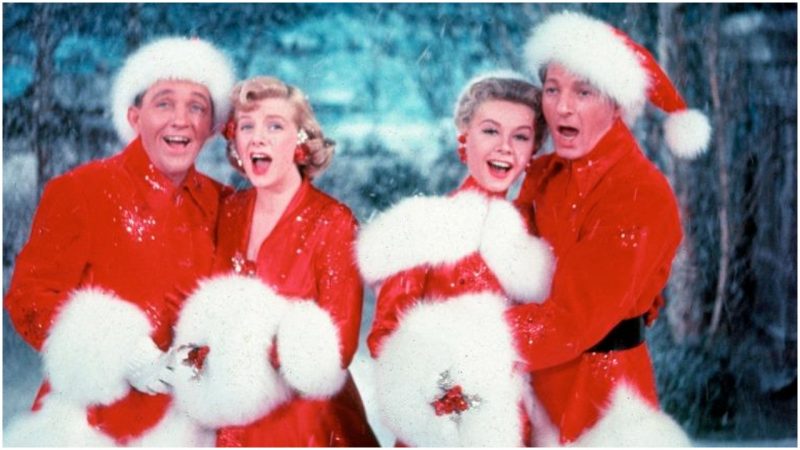It took Hollywood nearly 15 years to craft the cheerful and unabashedly sentimental musical White Christmas out of Irving Berlin’s hit song. But the 1954 movie starring two of America’s most popular stars—Bing Crosby and Danny Kaye—was worth the wait, becoming the biggest box office hit of 1954 and to this day consistently ranking on lists of classic holiday movies.
Bing Crosby first performed the song “White Christmas” on his CBS radio show on Christmas Day in 1941. He reprised it in the 1942 film Holiday Inn, in which he starred with Fred Astaire, when his character impresses a love interest by crooning a new song he’d just written called “White Christmas.” It impressed the Academy too, winning the Oscar for Best Song. The song hit the charts and became the all-time best-selling single for over 50 years. (Until Elton John’s tribute to the late Princess Diana, “Candle in the Wind,” finally took that honor.)
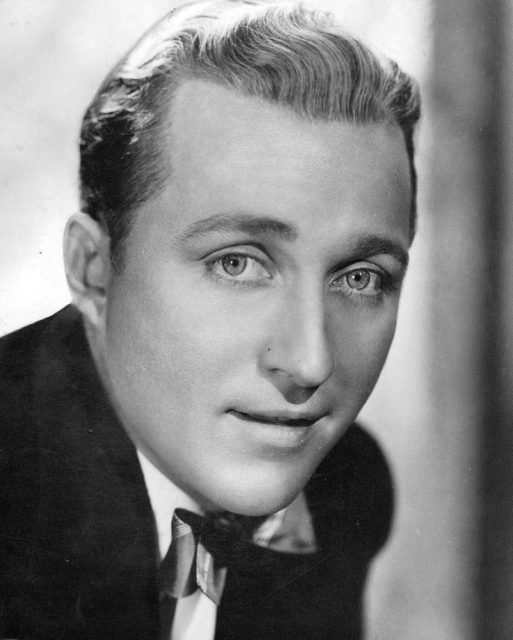
So it seemed a no-brainer to build another movie around the hit song. Irving Berlin wrote new songs and repurposed some earlier ones, and a story was strung together featuring a male song-and-dance act and singing sisters on their way to a Vermont inn run by a general the men knew from the war. The set for the Vermont Inn appears in both Holiday Inn and White Christmas. By the time principal photography began, Paramount had acquired the new wide-screen Technicolor and VistaVision technologies, which would show off the song and dance numbers in vibrant color.
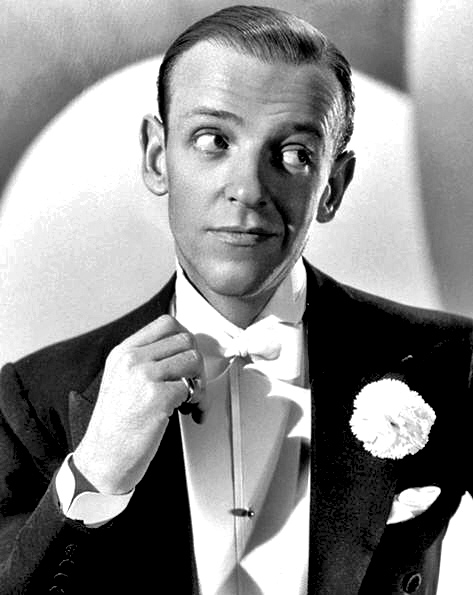
White Christmas was supposed to reunite Bing Crosby with Fred Astaire, who’d appeared together in both Holiday Inn and Blue Skies (1946). But there was a snag: Fred Astaire didn’t like the script and refused to participate. Paramount replaced him with David O’Connor (who’d later gain acclaim as Cosmo the piano player in Singin’ in the Rain), but when O’Connor fell ill right before production was to begin, he had to pull out. Desperate for a replacement, Paramount contacted Danny Kaye, who asked for, and received, a then unheard-of fee: $200,000 plus 10 percent of the gross.
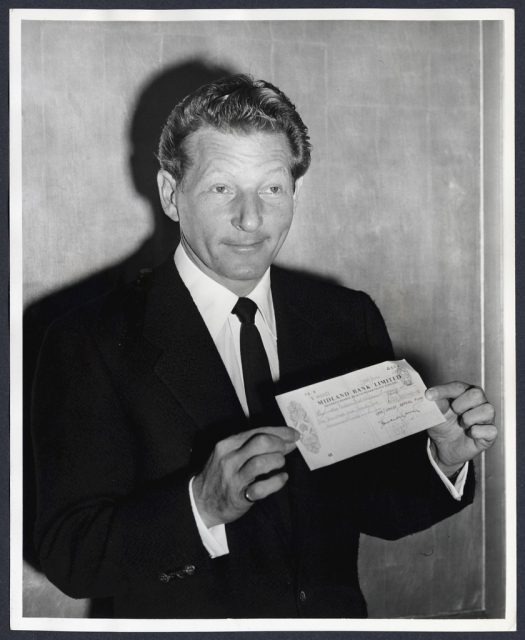
“It is the first movie that I’ve been connected with since Holiday Inn that has the feel of a Broadway musical,” an excited Berlin wrote to his friend Irving Hoffman as production began.
As the song-and-dance team, Crosby and Kaye had fun together, improvising on set, as did the singing sisters played by Vera-Ellen and Rosemary Clooney (yes, the cousin of George). The classic number “Sisters,” in which Crosby and Kaye vamp around waving blue-feathered fans, wasn’t even in the original story. But the actors were goofing around on set, and director Michael Curtiz found their capers so funny, he wrote them in.
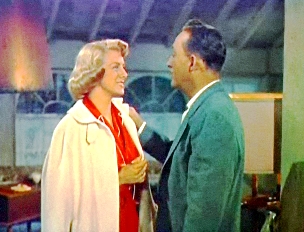
The actors kept cracking up during the take, but everyone loved the authenticity of the moment, so the laughter stayed. The scene where Crosby’s character tells Clooney’s his theory of what foods cause which dreams before launching into “Count Your Blessings” was almost completely improvised. Crosby even made up words like “weirdsmobile.”
Rosemary Clooney, a trained vocalist, sang her own songs in the movie, and sometimes those of her co-star Vera-Ellen. (The other vocalist covering Vera-Ellen’s songs was Trudy Stevens). Vera-Ellen came to White Christmas an accomplished dancer—at 18 she’d been one of the youngest Radio City Rockettes. Danny Kaye could cut the rug, but wasn’t nearly as nimble on his feet as Vera-Ellen, and toward the end of “The Best Things Happen When You’re Dancing,” he accidentally tripped her. (Luckily he caught her gracefully, saving the take.) Though he wasn’t the principal choreographer, Bob Fosse, who would go on to create the distinctive dance moves in Chicago, Cabaret, and All That Jazz, staged some of the dance numbers.
While the public adored the sweetly good-natured musical, some critics felt it was too saccharine. Bowley Crowther wrote a harsh review in The New York Times on October 15, 1954, saying, “The confection is not so tasty as one might suppose. The flavoring is largely in the line-up and not in the output of the cooks. Everyone works hard at the business of singing, dancing and cracking jokes, but the stuff that they work with is minor.”
Related story from us: The birth and history of Christmas lights
But audiences didn’t care. White Christmas took in $12 million, the biggest box office hit of the year. And it endures as a heart-warming Christmas classic to revisit at this time of year. Even the New York Times admitted it was a good-looking film, saying, “The colors on the big screen are rich and luminous, the images are clear and sharp, and rapid movements are got without blurring.”
